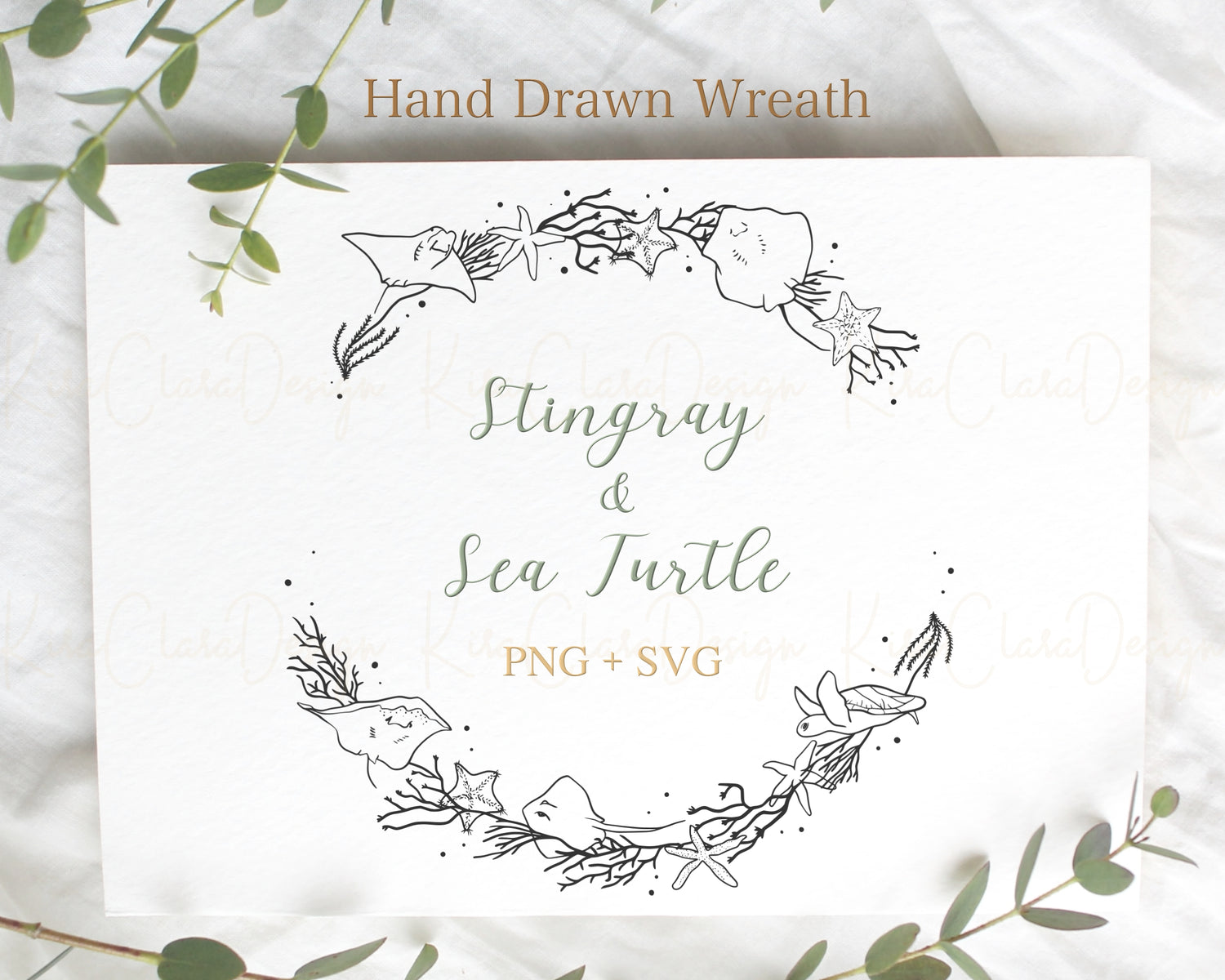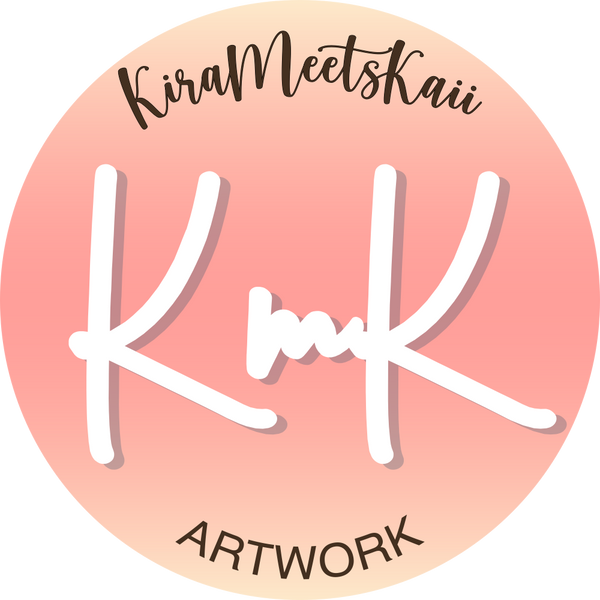Pixel graphics, also known as raster graphics, are commonly used in a variety of projects that require detailed and complex imagery. Here are some types of projects that frequently utilize pixel graphics:
-
Photography: Photographs captured with digital cameras or scanned from film are pixel-based images. Professional photographers and hobbyists often work with pixel graphics to edit and enhance their photos using software like Adobe Photoshop, Lightroom, or GIMP.
-
Web Design: While vector graphics are used for scalable elements like logos and icons, pixel graphics are used for raster images such as photographs, textures, and complex illustrations. Web designers incorporate pixel graphics into website layouts, banners, backgrounds, and other graphical elements.
-
Digital Art: Pixel art is a form of digital art created by manipulating individual pixels to form intricate designs and illustrations. Pixel artists use specialized software or even basic paint programs to create pixel art characters, scenes, and animations.
-
Game Development: Pixel graphics are prevalent in both indie and retro-style video games. Game developers create pixel art assets such as characters, environments, sprites, and backgrounds for 2D and pixel-art-style games. Pixel art can evoke nostalgia and convey a unique visual style in game development.
-
Graphic Design: Pixel graphics are used in graphic design for creating raster-based designs such as posters, flyers, advertisements, and digital collages. Designers incorporate photographs, textures, and digital paintings into their compositions using pixel-based software.
-
UI/UX Design: User interface (UI) and user experience (UX) designers use pixel graphics to design interface elements, icons, buttons, and visual assets for websites, mobile apps, and software interfaces. Pixel-perfect design is often crucial for ensuring clarity and consistency in user interfaces.
-
Digital Comics and Illustrations: Comic book artists and illustrators use pixel graphics to create digital comics, illustrations, and graphic novels. Pixel-based drawing software allows artists to create detailed line art, shading, and coloring effects.
-
Print Design: Pixel graphics are used in print design for producing high-resolution materials such as magazines, posters, brochures, and packaging. Designers prepare raster images for print production, ensuring they meet the required resolution and color specifications.
-
Texturing in 3D Modeling: In 3D modeling and animation, pixel graphics are used for creating textures and materials to apply to 3D models. Textures add surface detail, color, and realism to 3D objects in video games, films, architectural visualization, and product design.
-
Digital Scrapbooking: Scrapbook enthusiasts use pixel graphics to create digital scrapbook layouts, collages, and memory albums. Digital scrapbooking software allows users to combine photos, graphics, and text into customizable layouts for printing or sharing online.
These are just a few examples of the many projects and industries that make use of pixel graphics. They offer flexibility and versatility for creating detailed and realistic visual content in various creative endeavors.

